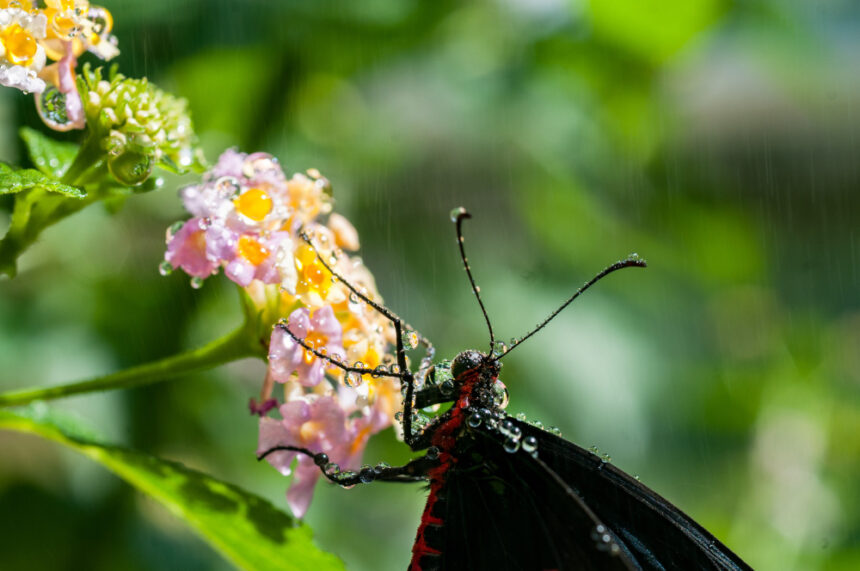1. Habitat and Environment
Insects are a very large group of animals that are practically present in all ecosystems on the planet Earth. Habitat can range from the forested regions to the desert, grassland regions, and even water bodies. Each animal has an area of existence well suited for it; for example, dragonflies are easily found near water bodies, while ants can be found almost anywhere on the land. Each insect is designed in a certain way according to their habitats; some have wings for flying, some have coloring to blend with the environment, or strong legs for burrowing.
2. Diet and Feeding Habits
Insects are of different classes and they feed on different things depending with the class they belong to. Some are carnivores, and their diet consists of chopping, insects, fish, and other animals; others are vegetarians eating plant matters, leaves, and nectar. An example of herbivores are butterflies and bees that feed on nectar within flowers. Others are meat eaters or feed on plants and animals such as praying mantises and ants, who are known to be hunters or scavengers seeking smaller insects or organic matter. Certain species of insects, like termites and beetles, are very useful in breaking down dead plant and animal mater and returning the contained nutrients back into the ecosystem.
3. Reproduction and Lifecycle
Insects, however, always undergo a several-stage life cycle, which is always a process of growth and development. Many insects go through the process of metamorphosis and this is classified as either complete or incomplete. Complete metamorphosis consists of four stages: The life stages of an insect include: egg, larva, pupa, and adult. Butterflies are an example of this process all on their own. In incomplete metamorphosis, insects go through three stages: the ootheca, the nymphal instar, and the imago stage. Some of the stages get easily identified, like grasshopper. Reproductive biology is highly diverse. Many lay eggs, some in numbers that range well into the thousands, while others are viviparous.
4. Social Structure and Communication
Social insects, for example, bees, ants, and termites, are echolocated, and most of them live in large societies of defined subgroups. Such colonies are normally composed of workers, soldiers, and a single female queen, who is responsible for the production of eggs. The communication patterns typically include the emission and response of chemicals (pheromones), sounds, and possibly even touch within these colonies. For example, honeybees use ‘waggle dance’ to communicate with other bees concerning the availability and location of food sources.
AFRIUMBRELLA

